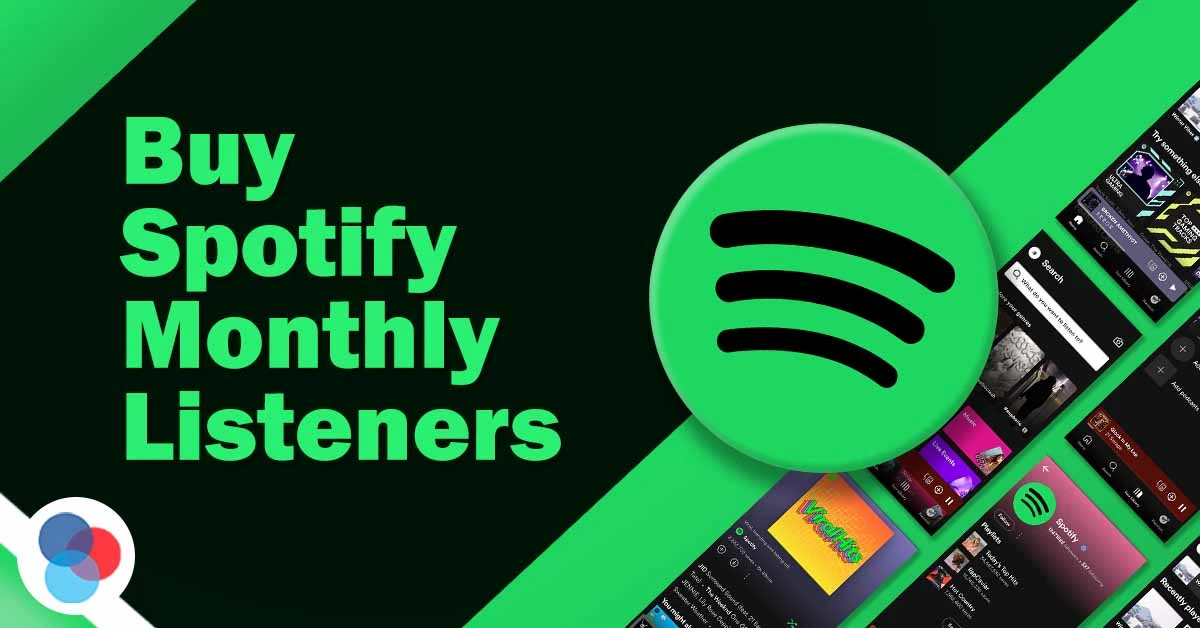Spotify, the Swedish audio streaming giant, has become synonymous with music streaming since its launch in 2008. The service, which started as a solution to counteract music piracy, has evolved into the world’s largest music streaming platform, with over 200 million active users worldwide. But buy spotify monthly listeners is more than just a music player—it has changed how we discover, share, and experience music, transforming the entire music industry in the process.
The Birth of Spotify: A Solution to Piracy
Before Spotify, music piracy was rampant, with file-sharing services like Napster and LimeWire providing free access to music, often illegally. In response to this, Spotify’s founders, Daniel Ek and Martin Lorentzon, came up with a legal and user-friendly way to stream music. They wanted to offer a service that would give listeners access to music for free, while compensating artists and record labels.
Spotify’s model, which combined an ad-supported free tier and a premium subscription offering, allowed the platform to be accessible to everyone, while simultaneously helping music creators earn revenue through royalties. It was a disruptive move that set the stage for the streaming era, eventually leading to the decline of traditional music piracy and the rise of paid music subscriptions.
Spotify’s Growth: Expanding Beyond Music
Spotify’s success can be attributed to several factors: a huge catalog of songs, a user-friendly interface, and the ability to discover music through personalized playlists. But Spotify’s true breakthrough came when it started to evolve beyond just music. Over time, the platform expanded into podcasting, making significant investments in exclusive podcast deals. In 2019, Spotify acquired Anchor, a podcast creation platform, and later purchased major podcast networks like Gimlet Media and Parcast, cementing its place as a dominant force in the world of spoken-word audio.
This shift into podcasts allowed Spotify to diversify its content and appeal to a broader audience. Listeners could now access not only their favorite songs but also a wealth of podcasts covering topics from true crime to comedy, sports, and politics. By offering podcasts alongside music, Spotify not only expanded its user base but also attracted creators from outside the traditional music world.
Personalization and Discovery: The Heart of Spotify’s Success
One of Spotify’s key features that set it apart from competitors like Apple Music and YouTube Music is its powerful algorithm-driven recommendation system. Spotify’s users enjoy a highly personalized experience, with playlists like “Discover Weekly” and “Release Radar” delivering curated content based on listening habits. The platform also offers “Daily Mix” playlists, which group songs into different genres or moods based on a user’s past listening.
The “Spotify Wrapped” feature, released annually, is another standout that celebrates user listening patterns with custom year-in-review reports. This feature has grown into a social phenomenon, with users sharing their top songs, artists, and genres across social media. It’s a brilliant example of how Spotify connects listeners with their musical identity and strengthens user engagement.
Spotify’s algorithm isn’t just about recommending songs; it’s about creating a discovery loop that continually feeds new content to users, keeping them engaged and encouraging them to listen more.
Spotify and the Music Industry
Spotify’s rise has been both celebrated and criticized by the music industry. While the platform has provided significant exposure to artists and created new revenue streams, many musicians and industry professionals have raised concerns about the relatively low payout rates for streams.
Spotify pays artists based on a pro-rata model, meaning royalties are divided according to the percentage of total streams on the platform. This model has led to criticism that smaller artists do not earn enough from streaming. While top artists like Taylor Swift or Drake rake in millions from Spotify streams, smaller independent musicians often struggle to make a living from the platform.
However, Spotify has addressed some of these concerns by offering tools like Spotify for Artists, which provides detailed analytics and promotional tools, helping musicians grow their audience. Additionally, Spotify has introduced initiatives like “Spotify Originals” and “Spotify Sessions,” which help to highlight emerging talent and offer exclusive content that can benefit both artists and fans.
The Future of Spotify: Challenges and Opportunities
As of 2024, Spotify remains the leading music streaming service, but it faces significant competition from platforms like Apple Music, Amazon Music, and YouTube Music. To maintain its dominance, Spotify will need to continue to innovate, expand its content library, and further enhance its algorithms to keep users engaged.
The company has already made moves to stay ahead, such as introducing new features like AI-generated playlists, better integration with social media platforms, and more podcasts, especially in emerging markets. However, the growing trend of artificial intelligence and voice-controlled devices, such as Alexa and Google Assistant, could present challenges to Spotify’s market share as users increasingly turn to voice-activated streaming.
Moreover, Spotify’s push into the podcasting space presents both an opportunity and a challenge. While podcasts bring new audiences, they also mean competing with established platforms like Apple Podcasts, Stitcher, and even YouTube. In order to maintain a competitive edge, Spotify will need to continually invest in exclusive and high-quality podcast content.
Conclusion: A Changing Musical Landscape
Spotify’s influence on the music industry is undeniable. It has redefined how music is consumed and has provided a platform for creators to reach global audiences. Its algorithm-driven discovery features have helped millions of listeners find new music, while the integration of podcasts has broadened its appeal. Despite challenges from competitors and concerns about artist payouts, Spotify continues to innovate and evolve, shaping the future of music streaming for years to come.
In the end, Spotify has proven that the future of music isn’t just about how we listen—it’s about how we discover, connect, and interact with the sounds and stories that shape our world.


